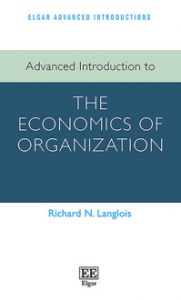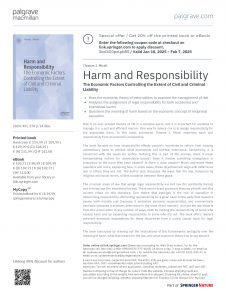Professor Segerson, a Board of Trustees Distinguished Professor of Economics at the University of Connecticut, has made significant contributions to the field of environmental economics. Her research focuses on the incentive effects of environmental policy instruments, particularly on legal rules and principles applied to environmental problems.
Dr. Segerson recently served as the lead author in an article published in the journal Science, where she and her colleagues highlight the hidden costs of green subsidies. They warn that while these subsidies can promote sustainability, they may also lead to increased consumption and market distortions. The authors advocate for clear end dates and cautious application to avoid long-term reliance and negative spillover effects.
As described in UConn Today:
Government subsidies for business practices and processes should be approached with caution, even when they seem to be environmentally friendly, writes a group of scientists and economists in this week’s Policy Forum in the journal Science.
They argue that subsidies can alter market pressures, leading to unintended consequences that not only perpetuate harmful subsidies over time but also diminish the overall effectiveness of those intended to promote environmental sustainability.
Therefore, when they must be used, subsidies should have clear end-dates, advise the authors.
“We’ve got this odd juxtaposition of trying to get rid subsidies in some sectors, and then ramping up subsidies in others,” says lead author Kathleen Segerson, Board of Trustees Distinguished Professor of Economics at the University of Connecticut. “The question that interested me was: is this a good thing or a bad thing?”
The full article is online at
https://today.uconn.edu/2024/10/green-subsidies-may-have-hidden-costs-experts-warn/
 In this comprehensive
In this comprehensive  Professor Langlois’s book Advanced Introduction to the Economics of Organization has been published in the Elgar Advanced Introduction series:
Professor Langlois’s book Advanced Introduction to the Economics of Organization has been published in the Elgar Advanced Introduction series:



